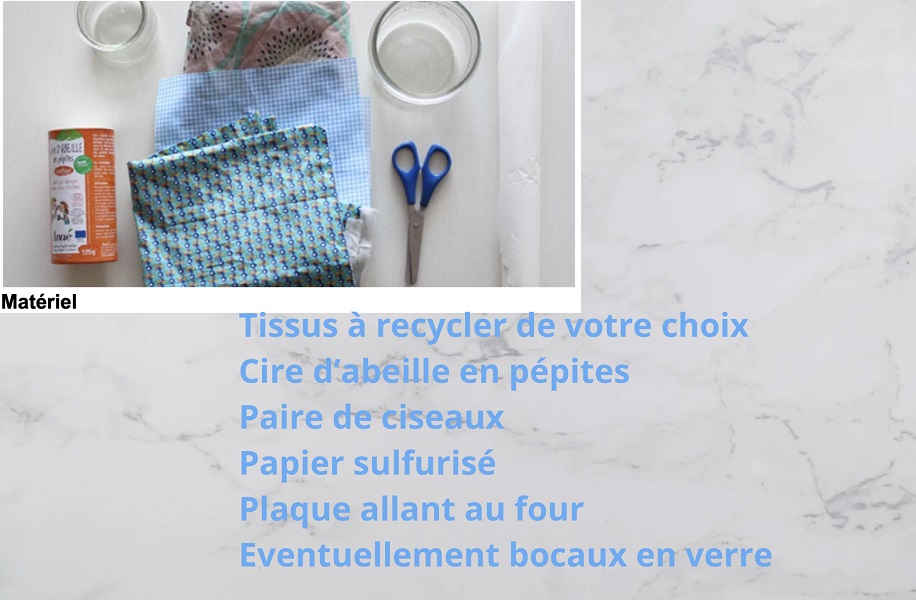29 Nov 2024

Friend of the Sea
Project of the World Sustainability Organization
International Plastic Bag Free Day is celebrated on July 3 every year to raise awareness about the harmful impact of plastic on the environment.

Plastic contamination is one of the greatest and most destructive scourge of the XX and XX1st century. It needs to be globally fought and precisely this fight begins from an early age from family habits and from the acknowledgment at school.
To better understand and strive against the single use plastic process from school, we go through different steps for accurate learning, indeed we must go through a process of investigation.
To better understand plastics, students examine challenges and alternatives and create action plans for their local environments.
They will also search for new ideas that can have a positive impact on the planet and the future.
Objective: to better understand the history of plastics. Create a timeline of plastics history.
The first plastics were invented in the years 1800 to replace products such as ivory and tortoiseshell which were not widely available.
Results: The history of plastics
From the television you watch or from the computer that you use on the bus or train in which you can ride, plastics are part of our daily life. We encounter plastics during work, travel and games - while traveling at the doctor's office and visits to the grocery store.
As humans, our relationship with plastic is complex and widespread.
The first synthetic plastic was invented by Leo Baekeland, a Belgian chemist and innovator, in 1907 and presented as the ‘material of 1,000 uses’ (Science Museum, 2021).
Then, on December 7, 1909, the Patent Office and Trademarks of the United States granted to Baekeland a patent for his method of making insoluble products of phenol and formaldehyde.
Naming the invention after himself, the "bakelite" was hard, compact and insoluble and easily mass-produced. The current term "plastic" comes from the Greek word plastikos which means "to grow" or "to form".
Waste and decomposition rate
In nature, everything has a purpose.
In nature, waste does not exist.
The word 'waste' and the act of 'waste' are human inventions. Waste can refer to anything that is no longer useful and is discarded. This provides short-term convenience, but may have consequences long term for humans, nature and economy. SO WE NEED TO TAKE ACTIONS!!!!
Waste can include many things, including household waste (which we often call trash or garbage). Considering the different types of household waste, it is important to consider the rates decomposition because they vary considerably:
TAKING ACTION: Workshops
Can milk be used to make plastics?
As your students may have identified in the plastics timeline, milk was commonly used in the production of plastics from about 1900 to 1945, milk-based plastics, sometimes called casein plastics, were used to make buttons, beads, jewelry, combs and pens. Get your students involved in an experiment to make plastics from milk.
NOTE: This activity involves heat and the use of a microwave (or stove). Therefore, it MUST be led by an adult teacher.
Materials:
Steps:
ADULTS ONLY: Add hot milk to the cup and start stirring. Clots should form immediately.
AIM: Getting ready to ban Single Use Plastic at School Community. Educators, Teachers, Students with Families share workshops about the importance of taking care of our PLANET EARTH! Also see the DIY waxed reusable cling film to store food!!! And the customized tote bags, children love them!!!





Why we need a UN Treaty on plastic pollution The Ellen MacArthur Foundation is a UK charity working on business, learning, insights & analysis, and communications to accelerate the transition towards the circular economy.

Air Pollution for Kids Air is all around us and we need it to survive.

Why We Need to Stop Plastic Pollution? Our oceans are being filled and killed by throwaway plastics.

Climate Change, Ecological Crisis and Sustainability We are all agents for change in climate action.

Climate Racism Climate Racism: Social Inequalities in the Age of Climate Change
Comment
Reply